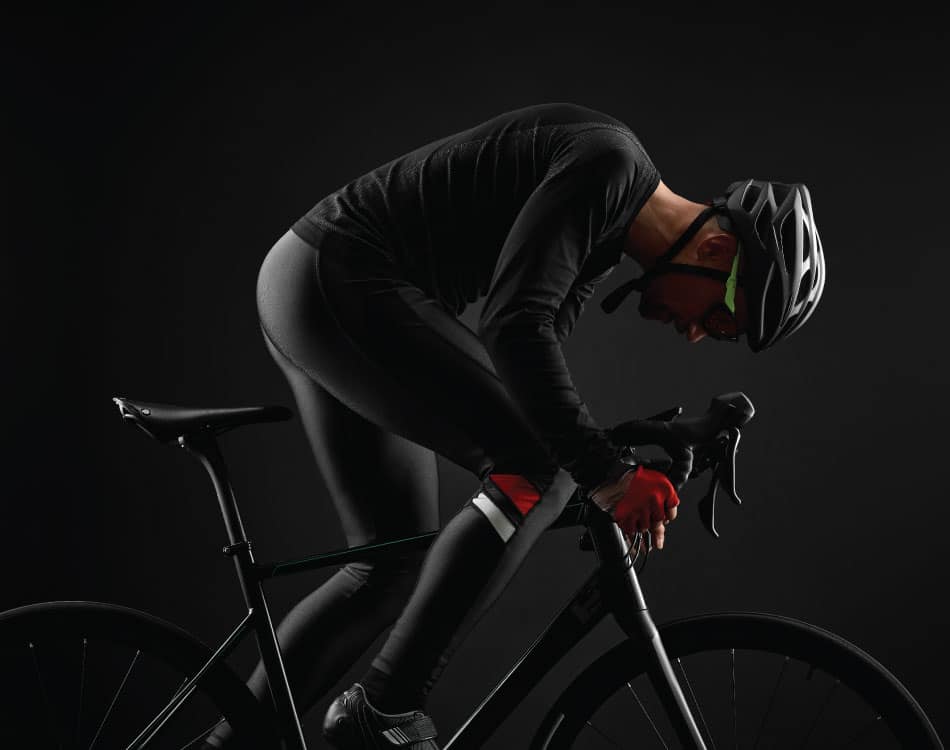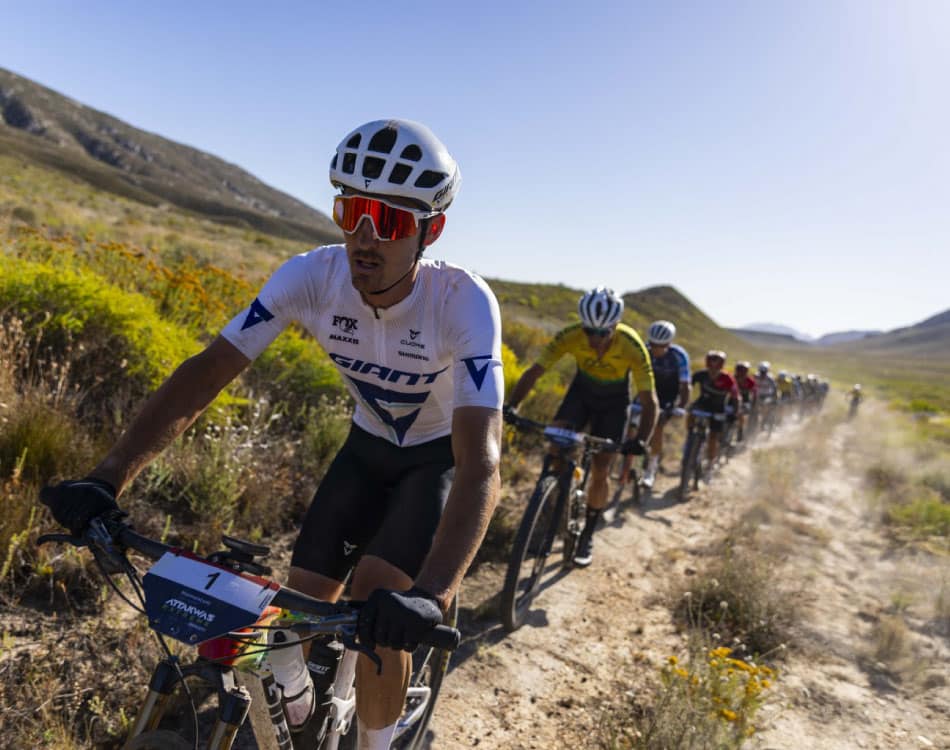In our quest to become faster runners, we tend to run more, but this isn’t always the most effective approach. One of the quickest ways to become a better athlete is to fix your running form.
Like all movement, running is a skill. While everyone can run, not everyone runs properly.
Also, our modern lifestyles are not conducive to an efficient body position while running. Hours spent sitting each day results in tight hip flexors and a weak core and glutes.
And when we push our bodies farther and faster without a solid base of strength and mobility, we open ourselves up to under-par performances and potential injuries.
READ MORE | Put Your Best Running Foot Forward
Step 1: Strength and mobility
We need a strong and mobile hip complex to generate the powerful hip drive that propels runners forward at speed.
As such, the first step to more efficient running starts with improving hip, pelvic, knee and ankle mobility and strengthening your core, legs and glutes.
Getting these elements right will promote a more natural stride and will enable you to hold the ideal posture for longer while running.
READ MORE | 5 Reasons To Start Running
Step 2: Get your form right
After creating a strong foundation, it is time to learn and master the foundational running form principles to get the most from your body and training.
Your body position will ultimately determine how fast and for how long you can run. Putting yourself into an efficient body position and maintaining it for as long as possible throughout your training session or race will help you run faster for longer as you conserve energy and reduce efficiency ‘leaks’, with less discomfort or pain at the end.
- Posture: Correct running form starts with your spinal position and posture. Stand straight and tall. As you start to run,lean forward slightly from your ankles (not your waist) while maintaining this posture and spinal alignment.
- Head: Keep your head up, with your head and neck in a neutral position and your gaze cast forward to look ahead, not down at your feet.
- Shoulders: Draw your shoulders back and down. Keep them relaxed and away from your ears, especially as you pick up the pace or start to get tired.
- Arms: Bend your elbows at 90 degrees. Drive your arms forward and back in an alternating fashion, with a relaxed arm swing. Avoid crossing your arms across your body.
- Hands: Keep your hands loose and relaxed. Don’t clench your fists.
- Torso: Broaden your chest and keep it up. Keep your core engaged to maintain an upright posture. Avoid trunk rotation during the leg transition phase.
- Legs: Use an appropriate stride and cadence for your running speed. Land gently and pull your leg through the gait cycle by activating your glute muscles.
- Feet: Your foot should land directly underneath under the hips and in line with your leading knee to ensure a bent knee on impact. This applies to runners who forefoot, mid-foot or heel strike. Avoid pounding your foot on the ground as you land.















